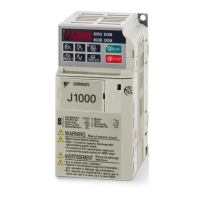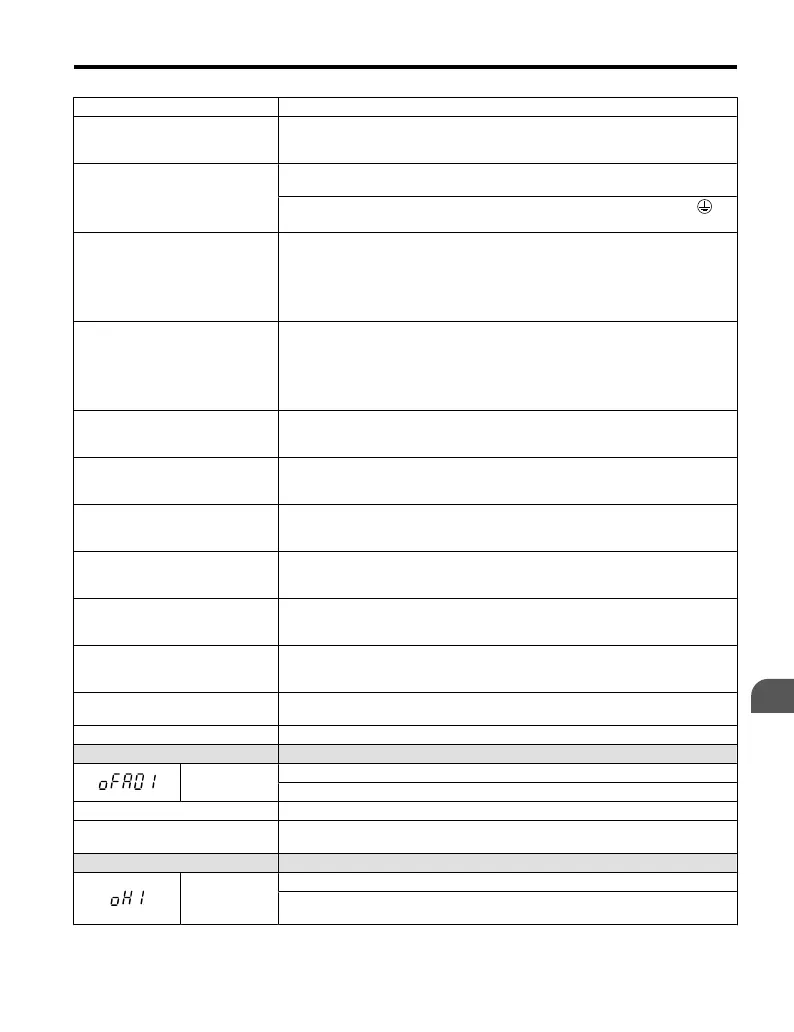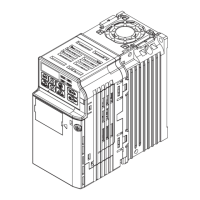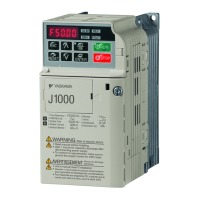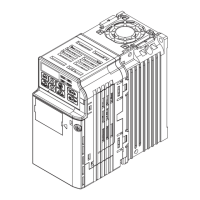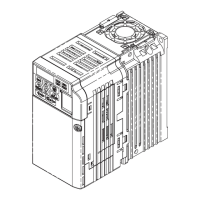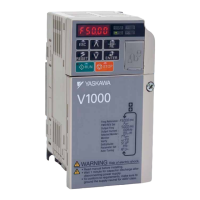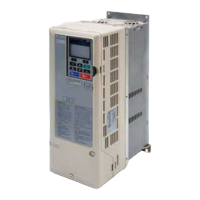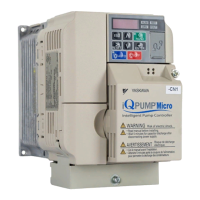Cause Possible Solution
The motor has been damaged due to
overheating or the motor insulation
is damaged.
• Check the insulation resistance.
• Replace the motor.
One of the motor cables has shorted
out or there is a grounding problem.
• Check the motor cables.
• Remove the short circuit and power the drive back up.
•
Check the resistance between the motor cables and the ground terminal
.
•
Replace damaged cables.
The load is too heavy.
• Measure the current flowing into the motor.
•
Replace the drive with a larger capacity unit if the current value exceeds the
rated current of the drive.
•
Determine if there is sudden fluctuation in the current level.
•
Reduce the load to avoid sudden changes in the current level or switch to a
larger drive.
The acceleration or deceleration
times are too short.
Calculate the torque needed during acceleration relative to the load inertia and the
specified acceleration time.
If the right amount of torque cannot be set, make the following changes:
•
Increase the acceleration time (C1-01, -03
)
•
Increase the S-curve characteristics (
C2-01 through C2-04)
•
Increase the capacity of the drive.
The drive is attempting to operate a
specialized motor or a motor larger
than the maximum size allowed.
• Check the motor capacity.
• Ensure
that
the
rated
capacity
of
the
drive is greater than or equal to the capacity
rating found on the motor nameplate.
Magnetic contactor (MC) on the
output side of the drive has turned
on or off.
Set up the operation sequence so that the MC is not tripped while the drive is
outputting current.
V/f setting is not operating as
expected.
• Check the ratios between the voltage and frequency.
•
Set parameter
E1-04 through E1-10 appropriately.
•
Lower the voltage if it is too high relative to the frequency.
Excessive torque compensation.
• Check the amount of torque compensation.
•
Reduce the torque compensation gain (
C4-01) until there is no speed loss and
less current.
Drive fails to operate properly due
to noise interference.
• Review the possible solutions provided for handling noise interference.
• Review
the
section
on
handling
noise
interference
and check the control circuit
lines, main circuit lines and ground wiring.
Overexcitation gain is set too high.
• Check if fault occurs simultaneously to overexcitation function operation.
•
Consider motor flux saturation and reduce the value of
n3-13 (Overexcitation
Deceleration Gain).
Run command applied while motor
was coasting.
• Program the Speed Search command input through one of the multi-function
contact input terminals (H1-oo = “61” or “62”).
The motor cable is too long Use a larger drive.
LED Operator Display Fault Name
oFA01
Option Unit Fault
Replace the option unit.
Cause Possible Solution
The option unit is not properly
connected to the drive.
Turn the power off and reconnect the option unit.
LED Operator Display Fault Name
oH1
Overheat 1 (Heatsink Overheat)
The temperature of the heatsink has exceeded 100-110 °C. The value is determined
by drive capacity (o2-04).
5.4 Fault Detection
YASKAWA ELECTRIC TOEP C710606 25B YASKAWA AC Drive J1000 Installation & Start-Up Manual
129
5
Troubleshooting
2/6/2008-14:44
